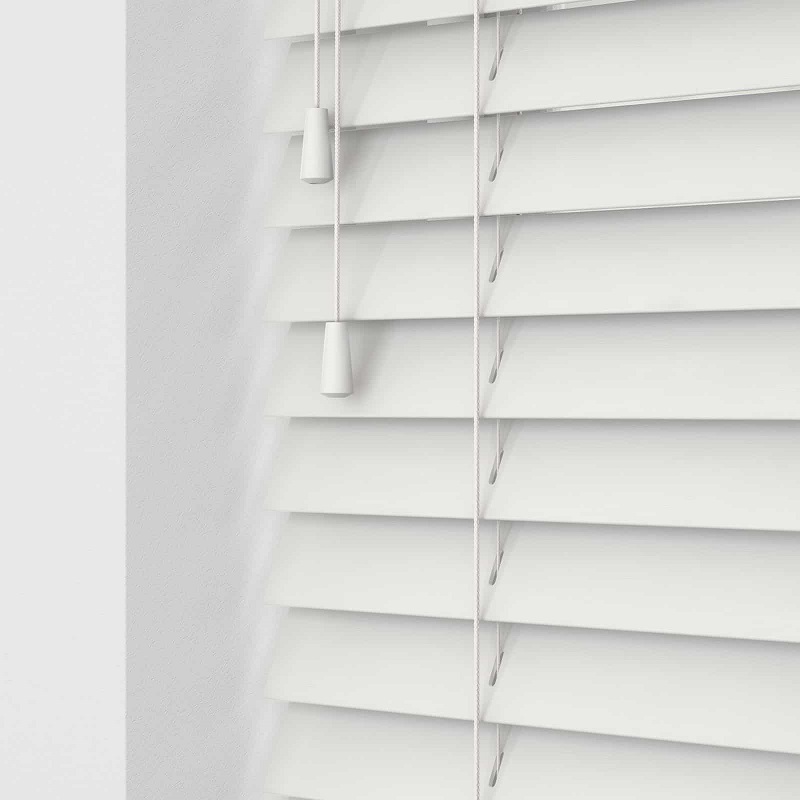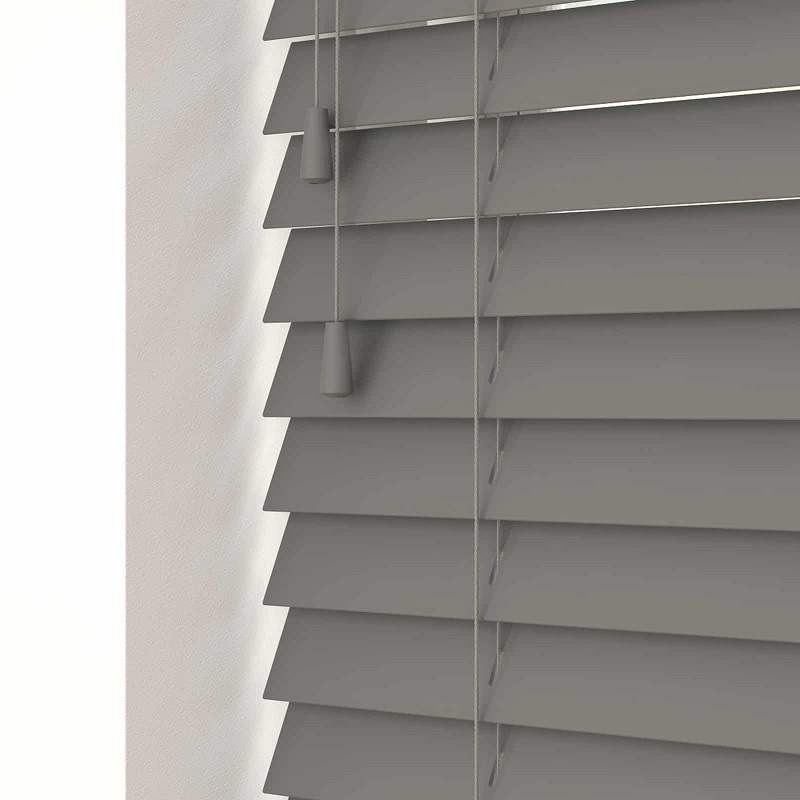Wooden blinds are a sophisticated choice for window coverings, offering timeless elegance and natural beauty. However, maintaining their pristine condition requires proper cleaning techniques to avoid damage and ensure longevity. This comprehensive guide will walk you through the essential tips and techniques for cleaning wooden blinds, ensuring they remain a standout feature in your home.
Understanding the Nature of Wooden Blinds
The Benefits of Wooden Blinds
Wooden blinds are favored for their aesthetic appeal and durability. They add warmth and texture to any room, enhancing both traditional and modern interiors. The natural grain of wood brings a sense of luxury and sophistication that synthetic materials often cannot replicate. Additionally, wooden blinds provide excellent light control and privacy, making them a practical choice for various settings.
Why Regular Cleaning is Essential
Despite their durability, wooden blinds require regular maintenance to preserve their beauty and functionality. Dust, dirt, and grime can accumulate over time, dulling the finish and potentially causing damage if not addressed promptly. Regular cleaning helps to prevent the buildup of allergens and maintains the blinds’ appearance, ensuring they continue to complement your home decor effectively.

Preparation Before Cleaning
Gather the Necessary Supplies
Before you begin cleaning your wooden blinds, it’s important to gather the right supplies to ensure an efficient and effective cleaning process. You will need a few essential items:
- Dusting Cloth or Duster: A soft, lint-free cloth or a duster with a telescoping handle helps to remove loose dust and dirt from the blinds without scratching the wood.
- Vacuum Cleaner: A vacuum with a brush attachment can assist in removing dust from harder-to-reach areas.
- Wood Cleaner: Choose a cleaner specifically designed for wood to avoid damaging the finish. Avoid using harsh chemicals or abrasive cleaners.
- Microfiber Cloths: These are ideal for applying and wiping off cleaner, as they are gentle on the wood and effective at trapping dust.
- Wood Polish: Optional, but recommended for restoring shine and protecting the wood.
Test the Cleaner
Before applying any cleaner to the entire surface of the blinds, it is wise to test it on a small, inconspicuous area. This helps to ensure that the cleaner does not cause discoloration or damage to the finish. Apply a small amount of the cleaner to a cloth and gently rub it on the test area. Check for any adverse reactions before proceeding with the full cleaning.
Dusting Wooden Blinds
Dry Dusting Techniques
Dry dusting is an essential first step in cleaning wooden blinds, as it removes loose dust and dirt that can otherwise turn into a gritty residue when combined with moisture. Use a duster or a microfiber cloth to gently wipe each slat. Start from the top and work your way down to avoid redistributing dust onto already cleaned areas.
For best results, use a duster with an extendable handle to reach the upper parts of the blinds without having to use a ladder. Ensure that you dust both sides of each slat to remove accumulated dust completely. Regular dry dusting helps prevent the buildup of grime and reduces the frequency of more intensive cleanings.
Using a Vacuum Cleaner
A vacuum cleaner with a brush attachment is particularly effective for removing dust from wooden blinds. The brush attachment helps to dislodge dust from the crevices between the slats without scratching the wood. Gently run the vacuum brush along each slat, moving from top to bottom, and repeat on the opposite side.
Be cautious not to use too high a suction setting, as excessive suction can damage the wood or pull at the blind’s cords. Additionally, make sure to clean the vacuum brush regularly to avoid transferring dirt back onto the blinds.

Cleaning Wooden Blinds with Wood Cleaner
Applying the Cleaner
Once dusting is complete, it’s time to use a wood cleaner to address any remaining dirt and to restore the wood’s natural luster. Follow the manufacturer’s instructions on the wood cleaner for best results. Typically, you will apply the cleaner to a microfiber cloth rather than directly onto the blinds to avoid over-saturating the wood.
Gently wipe each slat with the dampened cloth, working in the direction of the wood grain. This method ensures that the cleaner is evenly distributed and that any grime is effectively removed without leaving streaks. Avoid using excessive amounts of cleaner, as too much moisture can damage the wood.
Wiping Off Excess Cleaner
After applying the cleaner, use a clean, dry microfiber cloth to wipe off any excess. This step helps to remove any remaining residue and ensures that the wood dries evenly. Be sure to dry each slat thoroughly to prevent water spots or damage. If necessary, repeat the cleaning process for any areas that still appear dirty.
Dealing with Stubborn Stains
Identifying the Stain
Stubborn stains on wooden blinds can be challenging to remove. Common types of stains include water spots, grease, and ink. Identifying the type of stain can help in selecting the most effective cleaning method. For example, grease stains may require a degreasing agent, while water spots might be removed with a mild vinegar solution.
Using Specialized Cleaners
For persistent stains, consider using specialized wood stain removers or spot cleaners. Apply the product according to the manufacturer’s instructions, and test it on a small area first to ensure it does not damage the wood. Use a soft cloth to gently scrub the stained area, working in a circular motion to lift the stain without damaging the wood’s finish.
Homemade Solutions
If you prefer a DIY approach, you can create homemade cleaning solutions for specific types of stains. For example, a mixture of equal parts vinegar and water can help remove water spots and general grime. Apply the solution sparingly to a cloth and gently rub the stained area. Follow up with a dry cloth to remove any excess moisture and prevent water damage.

Restoring the Finish with Wood Polish
Choosing the Right Polish
Wood polish helps to restore the shine and protect the finish of your wooden blinds. Choose a polish that is specifically formulated for use on wooden surfaces. Avoid products with silicone or wax, as these can build up over time and lead to a dull appearance.
Applying the Polish
Apply a small amount of wood polish to a clean microfiber cloth. Gently rub the polish onto the blinds in the direction of the wood grain. Use light, even strokes to ensure that the polish is evenly distributed and absorbed. Avoid over-applying, as too much polish can create a sticky residue.
Buffing the Surface
After applying the polish, use a separate, clean cloth to buff the surface of the blinds. This step helps to remove any excess polish and enhance the shine. Buff in a circular motion to achieve an even, lustrous finish. Regular polishing can help maintain the appearance of your wooden blinds and provide a protective layer against wear and tear.
Preventive Maintenance Tips
Regular Dusting and Cleaning
To keep your wooden blinds in optimal condition, establish a regular cleaning routine. Dusting the blinds weekly and performing a deeper clean every few months can help prevent the buildup of dirt and grime. By staying on top of maintenance, you can ensure that your blinds continue to look their best and last for years to come.
Controlling Humidity Levels
Humidity can affect wooden blinds, causing them to warp or crack. To prevent damage, maintain a stable indoor humidity level. Use a dehumidifier or air conditioner in areas with high moisture levels, and avoid placing blinds in direct contact with steam or excessive moisture.
Handling with Care
When operating wooden blinds, handle them gently to avoid causing damage. Avoid pulling on the cords or yanking the blinds, as this can strain the mechanisms and affect the alignment of the slats. Regularly check for any signs of wear or damage and address them promptly to prevent further issues.
Conclusion
Cleaning and maintaining wooden blinds require careful attention to detail and the use of appropriate techniques and products. By following the tips and techniques outlined in this guide, you can ensure that your wooden blinds remain a beautiful and functional feature of your home. Regular dusting, proper cleaning methods, and occasional polishing will help preserve their natural beauty and extend their lifespan, allowing you to enjoy their elegance for years to come.








